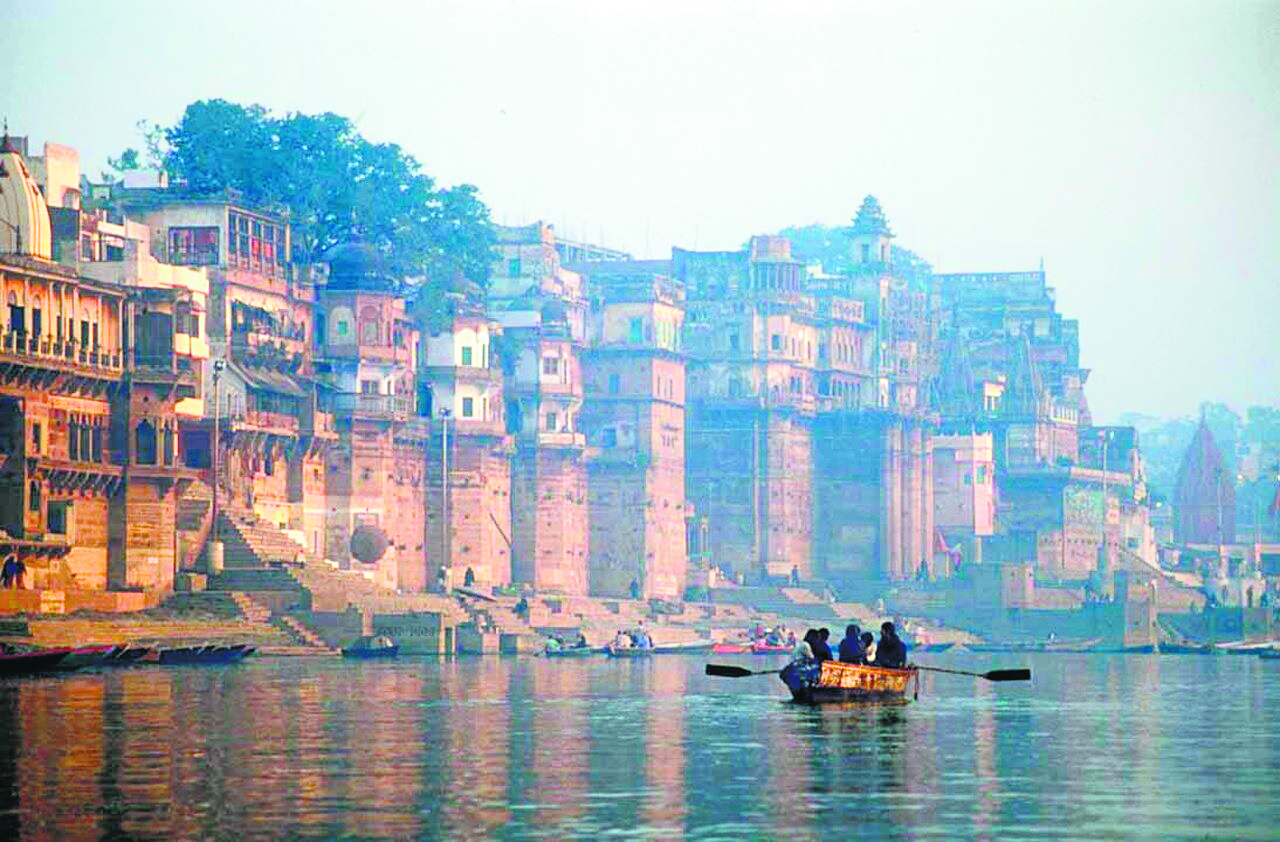
For many years, efforts have been made at the central and state levels to clean the Ganga. Despite numerous campaigns over decades, the complete purification of the sacred Ganga, flowing from Gangotri to Ganga Sagar, has remained elusive. It is crucial to recognize the significance of the Ganga for our country before delving into discussions about its cleanliness. The Ganga holds immense importance for the majority Hindu community in our country, who consider it as a revered mother and perform rituals such as bathing and final rites in its waters. The Ganga water is also known for its medicinal properties, having originated from the Himalayan ranges through various tributaries.
Despite the fact that Ganga is considered to be the most sacred river and its water is supposed to have medicinal qualities, the Ganga has been contaminated with industrial chemicals, waste, and other pollutants. It is essential to acknowledge that the Ganga, which nourishes approximately 50 crore people across five states – Uttarakhand, Uttar Pradesh, Bihar, Jharkhand, and West Bengal, is also the source of food production for the nation. Therefore, the importance of the Ganga extends beyond religious beliefs.
A few months ago, I visited Rishikesh with my wife to witness the Ganga. During our visit to Paramarth Niketan, where we spent nearly three days, I engaged in discussions with the emissary of world peace, Swami Chidanand Saraswati, multiple times about the cleanliness of the Ganga. I believe that if the government implements the suggestions directly or through legal experts like the National Green Tribunal, in the next ten years, the pure water of the Ganga can reach from Gangotri to Ganga Sagar.
To safeguard Mother Ganga, a continuous pipeline should be laid on both banks of the Ganga, the way it is seen on the border areas, where barbed wires run along both sides of international borders. This pipeline should facilitate the discharge of industrial waste and dirty water from various rivers and streams directly into treatment plants instead of the Ganga. This pipeline should be considered the defense line for Mother Ganga.
Treatment plants should be set up at intervals of one or two kilometers along the pipeline to purify the water. The treated water can then be used for irrigation, limiting its usage to agricultural needs only. The responsibility of establishing and maintaining this security and cleanliness pipeline lies with the Ministry of Jal Shakti.
Treatment plants should also be installed at the confluence points of small and large rivers and streams with the Ganga, treating the water as needed. After treatment, the water should not be released into the Ganga but used for irrigation in fields.
For the funding of this initiative, the central government should allocate a dedicated fund, in addition to the expenses already incurred for Ganga cleanliness. Taxes collected annually from all industries, similar to corporate social responsibility (CSR) funds, should be utilized for establishing treatment plants at all sources contributing to the Ganga.
The most crucial aspect is the people’s cooperative movement led by saints, spiritual leaders, and social activists like Swami Chidanand Saraswati. Every village and town along the Ganga banks should establish Ganga aarti temples, ghats, and Shiva temples to spread awareness about Ganga cleanliness through daily rituals.
Even if it takes a decade to implement these suggestions, it will be a prideful nationwide campaign. It will not only serve as a great inspiration and spiritual communication for the entire world but also ensure the pristine waters of Mother Ganga for the citizens.
(The author is the in-charge of the Bharatiya Janata Party in Himachal Pradesh. He has previously served as the state in-charge for the BJP in Rajasthan.)